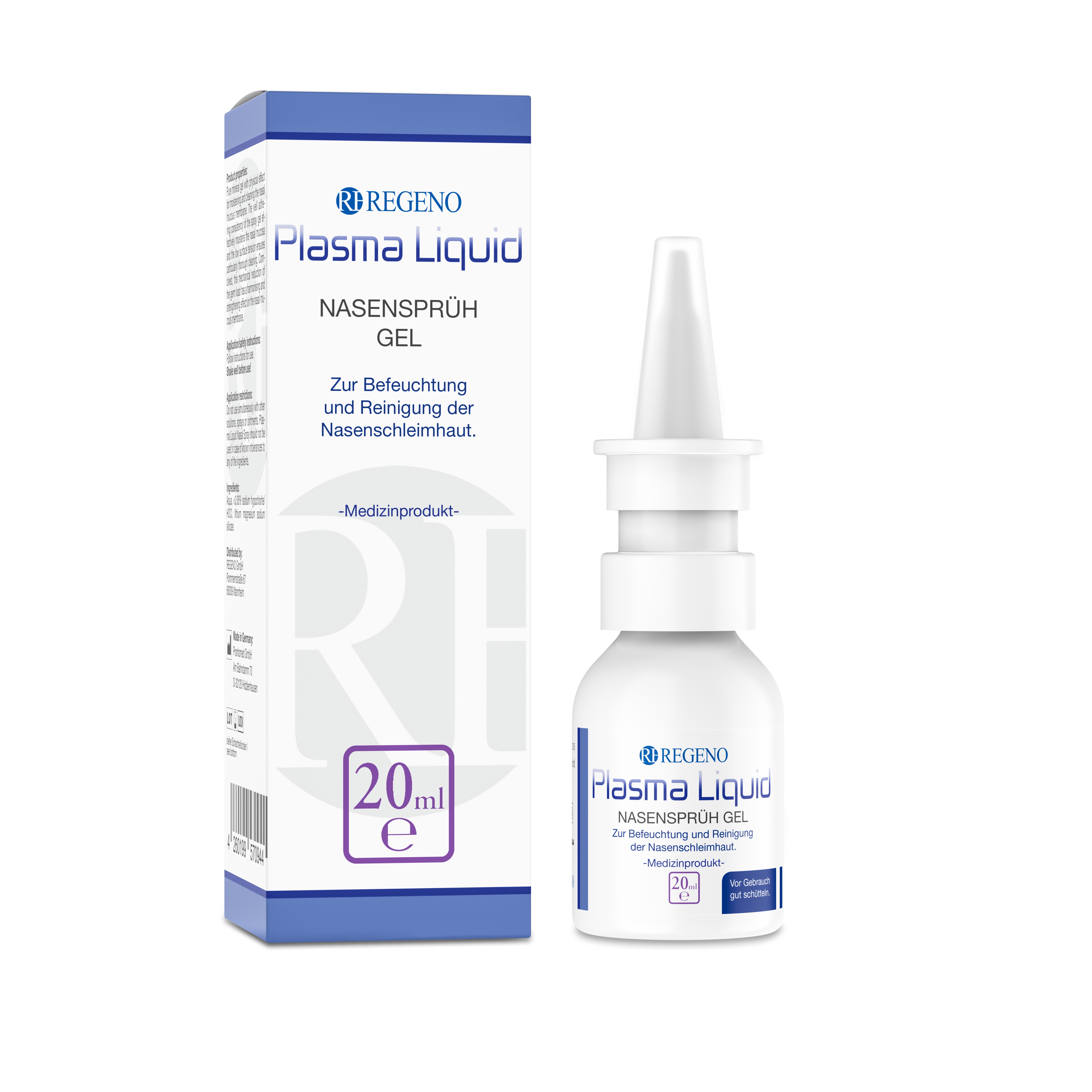-
What is Plasma Liquid?
The strong solution made of water and salt." – Plasma Liquid
ECA – E: Electro C: Chemical A: Activation
Electrochemical activation (ECA) is the process of passing an aqueous mineral salt solution through several electrolytic cells. The resulting solutions have special physicochemical and catalytic properties. Plasma Liquid is a certified medical product.
-
How does Plasma Liquid work?
Stable, effective, and standardised solutions are manufactured using a high-tech process, on the basis of the natural source components of water and mineral salt, resulting in a product range with previously unseen properties. The Plasma Liquid solutions, sprays, spray gels, and gels oxidise pathogenic germs, bacteria, fungi, and viruses, fighting them without the threat of developing resistance.
WDR Lokalzeit film contribution on Plasma Liquid by Professor Dr med U. Harréus, Head Physician at the Clinic for ENT Medicine and Head and Neck Surgery at the Evangelical Hospital Düsseldorf
-
What are the properties of Plasma Liquid?
Plasma Liquid boasts excellent skin and mucous membrane tolerability (no foreign substances).
- DermaTest: "very good"
- HET-CAM test: not cytotoxic
- no gaps in microbial effects
- painless application
- odours are eliminated
- no threat of developing resistance
- break down into their natural basic materials of water and salt after unfolding their effect
- safe to transport, store, and ship (non-flammable)
-
What is the 850 mV redox potential of Plasma Liquid?
Sodium hypochlorite is an oxidising agent which splits off oxygen. The released oxygen wears down the protective sheath of anaerobic microorganisms, after which the damaged cell wall collapses under the osmotic pressure. After the oxygen is split off from the sodium hypochlorite, the substance reacts back to common table salt. Sodium hypochlorite, for example, is also produced by the body in lysosomes to defend against germs. The body's own cells withstand voltages of over +1300 mV and remain unscathed.
-
What are the known side effects?
There are no known side effects. The nasal spray gel can cause a slight burning sensation or sneezing fits in about 40–50% of patients. These side effects are due to the underlying disease and the resulting inflamed mucous membranes. These symptoms usually subside quickly over the course of treatment.
-
What ingredients does the nasal spray gel contain?
The product is a mineral spray gel (lithium magnesium sodium silicate) containing less than 0.06% sodium hypochlorite for preservation. These substances are not absorbed through the mucous membranes. The physical effect unfolds on the surface, where it harmonizes the microbiome on the nasal mucosa. The product is therefore completely free of substances foreign to the body and contains no addictive drugs, alcohol, or aggressive chemicals. Leading experts even approve the product for children and pregnant women.
-
How does the mouthwash work?
The product works physically by regulating the metabolism, which reduces existing plaque, which in turn prevents infections or has an accompanying effect on those infections. A special surface tension allows the solution to act both on the surface and deep within the tissue, subsequently splitting into the primary products of water and salt. The unique action achieves a corresponding harmonization of the microbiome in the mouth and throat. The low dosage of sodium hypochlorite added to the mouth rinse solution acts primarily as a preservative and is intended to prevent bacterial colonization of the solution and any contamination occurring after use during the application period. The product is thus entirely free of substances foreign to the body and contains neither medicines, alcohol, nor aggressive chemicals.
-
Why does the product smell of chlorine?
The smell and taste come from the special manufacturing process that uses electrochemical activation, during which the product is preserved with <0.06% sodium hypochlorite. By their nature, such hypochlorites are to be regarded as chlorine releasers. As part of the body’s immune defense, corresponding hypochlorites are also produced by granulocytes (white blood cells), which fight pathogens as part of the cellular immune system. This makes it a near-natural process with no harmful effects. Users in general quickly get used to the smell and taste, which does at the start take some getting used to.
-
Why do I feel a slight burning sensation? Why does it make me sneeze?
Strong sprays, which irritate the trigeminal nerve branches of the mucous membrane – or a sensitive nasal mucosa as well, if a severe acute inflammation is present – may cause a slight burning sensation inside the nose when the product is sprayed out in thousands of small gel droplets. This side effect also subsides over the course of therapy.


